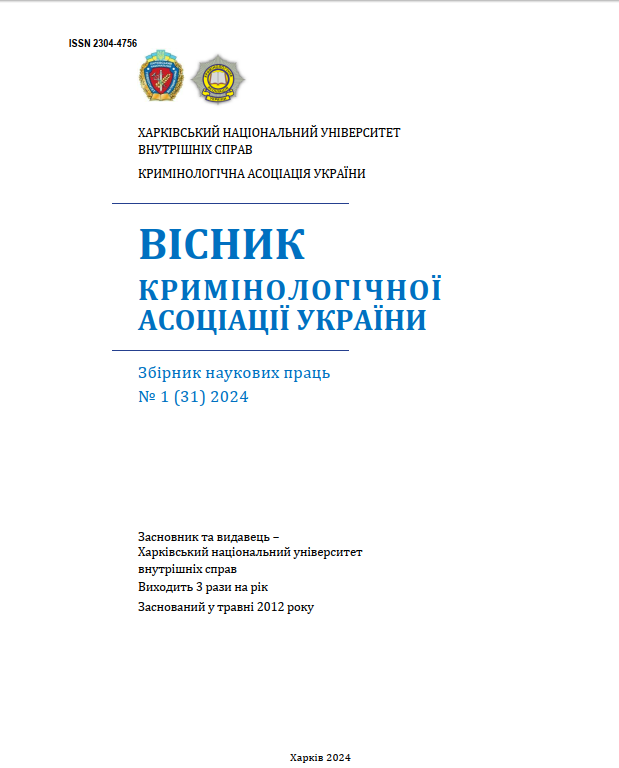ТРУДОВИЙ ДОГОВІР В УМОВАХ СПРОЩЕНОГО РЕЖИМУ РЕГУЛЮВАННЯ ТРУДОВИХ ВІДНОСИН
DOI:
https://doi.org/10.32631/vca.2024.1.61Ключові слова:
спрощений режим регулювання, трудові правовідносини, працівник, роботодавецьАнотація
У статті, спираючись на аналіз наукових поглядів вчених та норм
чинного законодавства, сформовано авторський щодо характеристики
трудового говору в умовах спрощеного режиму регулювання трудових
відносин. Сформульовано власний підхід щодо розуміння сутності та змісту
цієї категорії. Наголошено, що трудовий договір суттєво відрізняється від
категорії договору у загально-теоретичному змісті, що пов’язано із його
наступними ознаками: по-перше, трудовий договір передбачає угоду з
приводу виконання професійної, оплатної, трудової діяльності, здійснюваної
систематично на підприємстві, установі чи організації; по-друге, незмінними
в усіх випадках є сторони трудового договору – працівник та роботодавець,
які за рахунок укладення угоди вступають у трудові правовідносини та
визначають договором склад взаємних прав та обов’язків; по-третє,
трудовий договір є писаним документом, тобто, це юридичний акт, який має
зовнішнє вираження та структуру; він укладається відповідно до вимог
юридичної техніки; по-четверте, трудовий договір логічно вважати
«обмежено вільним», адже значна частина його змісту, форма, обов’язкові
умови, особливості використання в рамках окремих трудових правовідносин,
строки, гарантії укладення – прямо визначаються КЗпП, можуть бути
доповнені, але не порушені; по-п’яте, прямий та чіткий регламент має
порядок укладення, припинення та розірвання трудового договору, що
відбувається за наявності визначених КЗпП підстав.
Доведено, трудовий договір в умовах спрощеного режиму регулювання
трудових відносин - це особливий письмовий юридичний акт – угода між
працівником і роботодавцем за якою працівник зобов’язується виконувати
роботу, визначену цією угодою, а роботодавець – виплачувати працівникові
заробітну плату і забезпечувати умови праці, необхідні для виконання
роботи.
Завантажити
Завантаження
Опубліковано
Номер
Розділ
Ліцензія
Авторське право (c) 2024 К.В. КОСІНЦЕВ

Ця робота ліцензується відповідно до ліцензії Creative Commons Attribution 4.0 International License.

